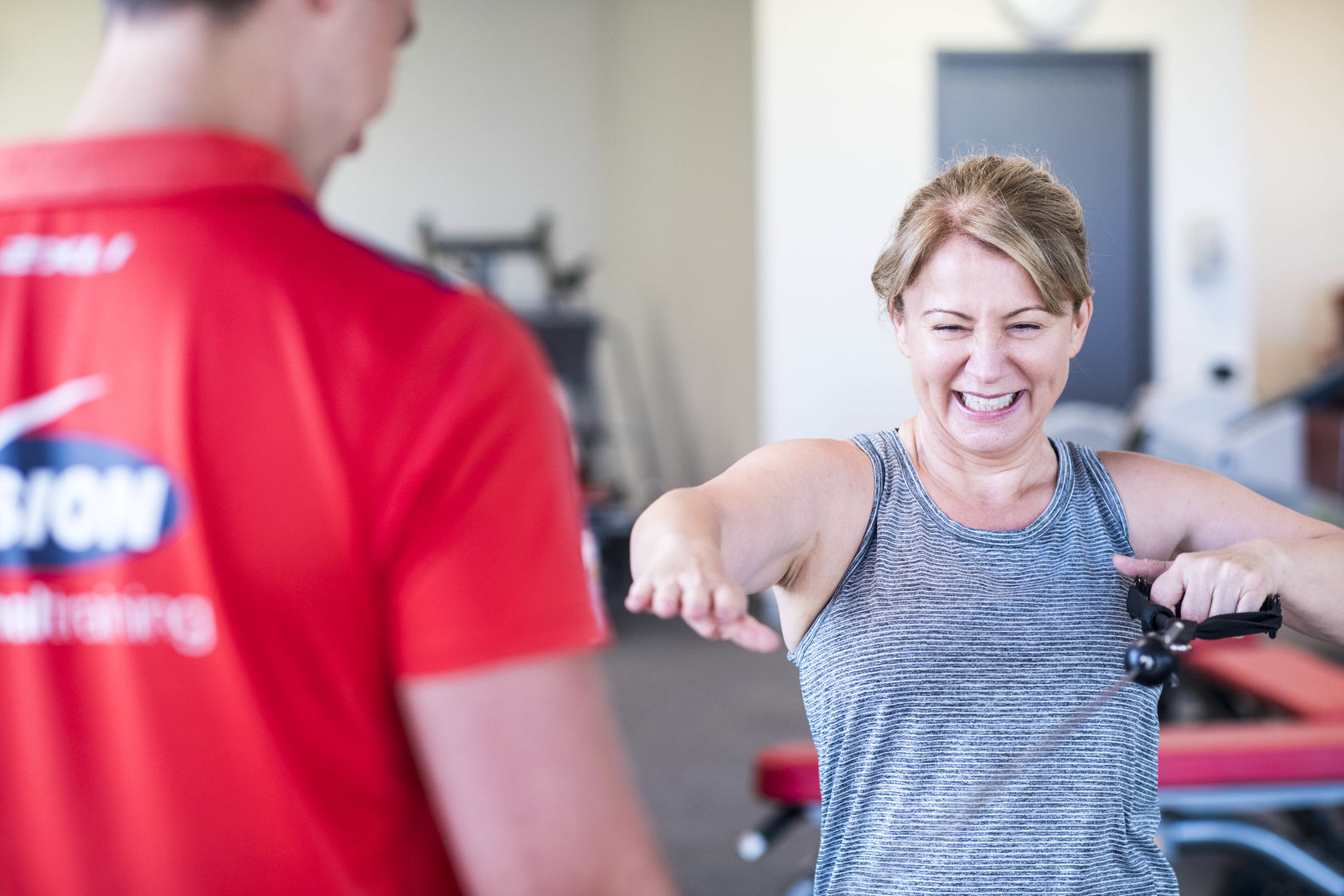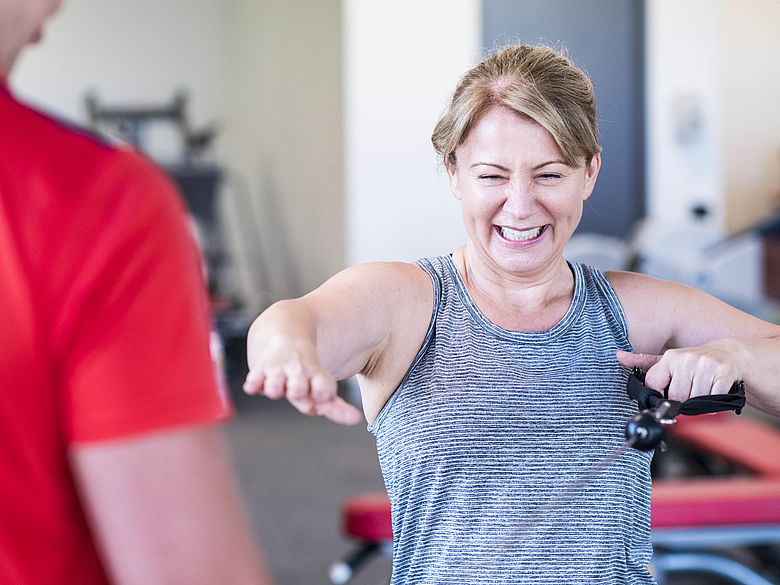Running Article 2
So you've started your running journey and it's going really well - now you're looking at getting a little more involved.. Serious even!
Here are a little of my tips from my own experience, that hopefully you find really useful:
To start, the good thing about running is you don't need much to get involved.
The basics:
Shoes, socks and breathable clothes.
Your shoes are going to potentially make or break your running experience. I personally run with a cushioned "Zero Drop" shoe. This just means that the heel and the toe are flat on the ground without any height difference between them. The reason for this is pretty simple.
If you go to a park and take your shoes off and just jog for a minute, you will notice that almost everyone lands on the ground with their forefoot landing first, the natural reaction is to avoid painful impact on the heels. What then happens is the arch depresses into the ground acting as a shock absorber. The heel makes contact and then everything springs up again through the arch and both feet keep repeating this until you slow down again. When you jam a big heel into this process it makes the heel strike first unnaturally and bypasses the arch leaving the rest of your joints to deal with more jarring than necessary. This tends to be what happens when we wear running shoes with a large heel, because the shape of the shoe encourages this motion.
For a good year or so I did most of my running in Vibram five fingers or "toe shoes" as most people call them. Up until that point I'd spent countless dollars on "stabilising" footwear and sports orthotics. Fed up with this after doing a lot of reading, I decided to try "minimalist" running. The theory being that you can run more naturally and efficiently if you kick off the big heavy shoes and let things happen the way we evolved to do so. All was going well until I started to really up my mileage. After a 30k road run I started to experience some pain in my forefoot where I was striking the concrete. I figured it was just because of the long run. I learnt the hard way, through seeing our allied sports Chiropractors at Tensegrity Clinic, that although this is the most natural way to run, running this far on hard concrete is definitely not natural!
I started looking for a shoe without a heel that would allow me to strike the ground naturally but provide the cushion to overcome all the road running.
From my experience, my requirements and recommendations for any shoe now days are:
The shoe is shaped like a foot: look at your foot…. Now look at your shoe… I'll bet you they aren't the same shape. Your foot doesn't go wide in the heel and then to a narrow point across the toes, quite the opposite. So for me I want a shoe that is wide across the bridge and toes and tight and narrow around the heel, because as your feet in fact swell over time during your run - it's important your shoes have the room to accommodate.
Light as possible: Put a half kilo weight in each shoe and go for a run and let me know how that feels a couple of hours later…
Zero Drop: No drop in "stack height" between the heel and the toe. Putting a big wedge under your heel makes no sense when you want your mid to forefoot to land first (For the ladies, imagine running in high-heels without letting your heel touch the ground first!)
Other gear I recommend:
Toe socks! Find some socks with individual toes. If you don't want toe nails falling off and athletes foot after hours of running find some socks that have individual toes. You can get them at any good sports retailer or online. I can't speak highly enough of what these have done for my feet since giving them a try. Toe socks help eliminate extended moisture between toes, causing damage to the skin!
Hydration:
If you're going to be running for anything over 60-90mins without anywhere that you can stop for water along the way you are going to want to bring some with you. If you dehydrate during your long run, your muscles will not be able to perform the same. There is a lot of research to suggest that dehydration is also a big contributor to muscle cramping. I've tried bottle carriers on the hips, camel packs and holding bottles in my hand. What I've come to find best (for me) is a product from a company called ''Orange Mud". The product is called a "Hydra Quiver". Basically imagine a bra, that goes on backwards and holds drink bottles instead. Its off your lower back so there's no back sweat, nothing across your chest restricting your breathing and doesn't bounce. The key here though is to try different things - there's no golden rule. Find something that works for you!
GPS Watch:
I can't speak highly enough of my Garmin Forerunner 235. I use it to track my heart rate during my exercise and recovery, for tracking my distance and speed. I also like knowing what my heart rate is at any given speed as it's a good indicator (for me) of my fitness. For any beginner runners out there, I think this is one of the best ways to learn how to pace yourself.
If you're competitive like me, you might want to do what I do and upload my runs online to the website Strava (basically Facebook for runners and cyclists) to see what everyone else is doing with their runs and even to see how fast other people my age, gender and weight are doing the same runs .
If you want to know or find out more, simply contact me at the studio.
I'll look forward to hearing about your running adventures!
(You may want to even add me on Strava - https://www.strava.com/athletes/1553041)
~John
*Disclaimer: Individual results vary based on agreed goals. Click here for details.

